As has been widely reported in the recent trade press, 1st January 2020 is a date which looms large on the horizon for coach operators: this is the date that the final provisions of the Public Service Vehicle Accessibility Regulations 2000 ("PSVAR") - which relate specifically to coaches designed to carry more than 22 passengers registered before 2000 - take effect. These provisions are likely to affect a number of operators using older coaches for certain journeys - in particular, home to school transport provision.
By way of a whistle-stop reminder: PSVAR is a piece of legislation which prescribes accessibility requirements for public service vehicles. Since the regulations' inception in 2000, the general position has been that all new buses and coaches designed to carry more than 22 passengers used on local or scheduled services have been required to be fully accessible in accordance with the terms of the regulations.
Initially, vehicles which were manufactured before October 2000 were exempt, but the legislation was drafted in such a way as to allow for a staged roll-out for older vehicles, with different categories of vehicle being captured by the requirements of the regulations from a series of set dates. 1st January 2020 is the last of those dates, and older coaches are the last vehicles to be brought in-scope.
The Accessibility Requirements Themselves
Once the application of the regulations can be established, the accessibility requirements themselves are relatively straightforward, albeit subject to detailed technical specification. From 1st January 2020, all affected coaches in use will require certificates confirming conformity to the provisions of both Schedule 1 and Schedule 3 of the Regulations. Schedule 1 deals with wheelchair accessibility requirements, while Schedule 3 deals with more general accessibility requirements including, among other, specifications for seats, steps, floors/gangways and handrails.
Application of PSVAR to Coaches - Local and Scheduled Services
As above, the starting point is that for the purposes of the regulations, a "coach" is defined as a public service vehicle designed and constructed to carry more than 22 seated passengers: so coaches designed to carry 22 or fewer passengers are always exempt.
A vehicle to which the regulations apply is said to be "used" or "in use" when being used to provide either a local service or a scheduled service.
A "local service" is defined as in the Transport Act 1985; in short, the carriage of passengers at separate fares, unless (in simple terms) stops are 15 or more miles apart, or unless the service meets the condition of Part III, Schedule 1 of the Public Passenger Vehicles Act 1981 (i.e. comprises of a trip organised privately by persons acting independently of vehicle operators). Vehicles operated under Section 19 permits are exempted in this definition (but in fact are specifically exempted by PSVAR in any case).
A "scheduled service' means a service for the carriage of passengers at separate fares along specified routes, at specified times, with passengers being taken up and set down at pre-determined stopping points, with the exception of tours (i.e. a service in which the vehicle is used for carrying passengers to a location or numerous locations and then back to the departure point).
To complete the picture, the regulations provide a list of further exemptions: in addition to vehicles operated under section 19 permits, there are specific exemptions for off-road vehicles, vehicles designed for carrying the sick and injured, prisoner vehicles, and government or Crown vehicles. Perhaps of most relevance to coach operators is an exemption which applies to coaches which were first used on a road more than 20 years ago and which are not used to provide a local or scheduled services for more than 20 days in a year.
Those legal definitions and exemptions in themselves do not necessarily cause trouble until one begins to consider their application to practical situations - in particular, what is meant by "separate fares". And therein lies the problem for operators, and the root cause of the concern widely reported in recent trade press.
Separate Fares
In basic terms, a fare is any payment which is made for matters including the right to be carried on a vehicle - whether directly or indirectly, and no matter who the fare is paid to. For example, students of a private school for which the fees paid include a home to school transport provision (even where a payment explicitly for transport is not made) undoubtedly would be viewed as paying separate fares.
School Transport
The issue most likely to affect operators is whether the provision of home to school transport will be defined as a local or scheduled service. Again, this may turn on whether separate fares are charged.
The general position is that where transport is provided to the user free of charge (which is the case for a number of schoolchildren who are eligible for free travel), then the regulations do not apply. However, it is not uncommon for local authorities to sell spare seats on vehicles to fee-paying passengers. Where this is the case, a separate fare is paid, thus the journey will fall in-scope (assuming that the other features of the journey make it a local or scheduled service - which, for many home to school journeys is likely to be the case). It only requires one passenger paying a separate fare to require the vehicle to comply with the regulations.
There is a school of thought suggesting that a home to school service could be described as a "tour" given that, in the course of a day, passengers are taken to a specific location and returned to their point of departure (and as above, tours are exempt) - but this has yet to be tested by the courts, and operators would be well advised not to seek to rely on this interpretation - a court is likely to conclude that this plainly was not the intention of the regulations.
Options for Operators and Local Authorities
First and foremost, operators need to know whether journeys are in-scope or not, which means knowing whether end-users are being charged separate fares - this is especially the case for local authority home to school service provision. As soon as any passenger is paying a fare (directly or indirectly), the regulations will apply, and operators need to be sure that they are informed of passengers' fare-paying arrangements by local authorities.
Operators may be in a position to rely on one of the specified exemptions from the regulations. Using a fleet of smaller coaches with 22 or fewer passenger seats would obviously achieve this (though in practice, this is likely to be impractical). Ensuring that vehicles first used over 20 years ago are not used on more than 20 days per year for local or scheduled services is another - albeit that given the nature of home to school transport, such infrequent use is unlikely to be possible.
For local authorities, offering free home to school transport across the board - even where children are not automatically eligible - is one theoretical resolution which will mean operators they contract with can continue to use non-PSVAR compliant coaches, but plainly this is a resolution that is unlikely to be commercially viable.
Where the regulations do apply, operators will realistically be left with two options: ensuring that coaches not captured by the regulations prior to 1 January 2020 are compliant with the accessibility requirements from that date (which in many cases may mean either costly retrofits or replacing vehicles) - or else switching coaches for already-compliant buses for all local or scheduled services where separate fares are paid.
Ultimately, of course, the regulations are intended to ensure equality of access for public service vehicles. Reputationally speaking, there is of course much to be said for ensuring that your vehicles are compliant.
If you need any further advice or assistance with this issue then please call us on 01279 818280 or click here to send an email.
(C) Richard Pelly - first appeared in Croner-i Passenger Transport, December 2019.
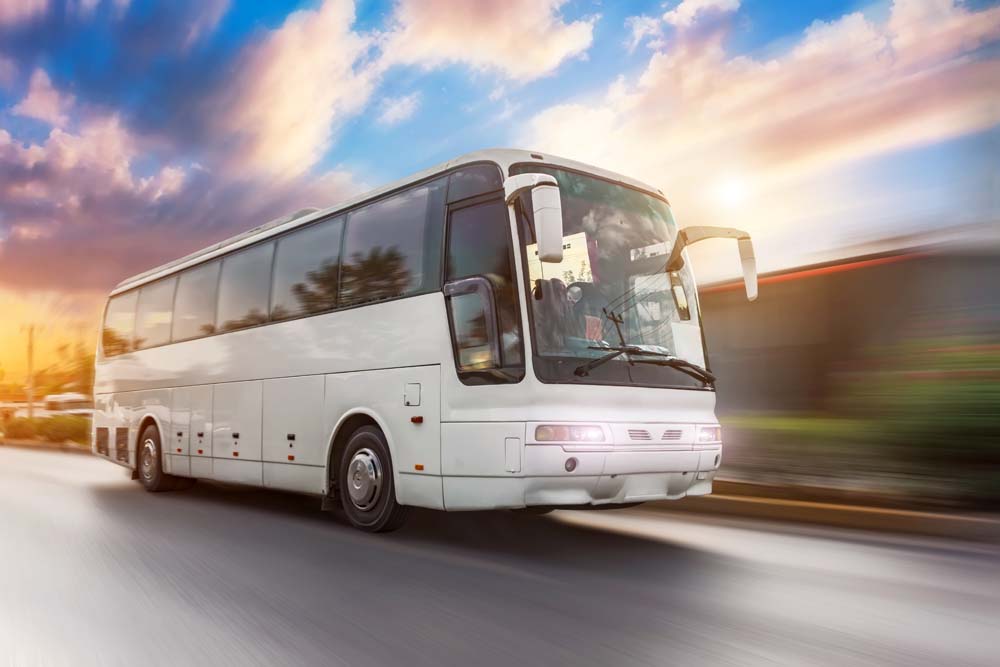
More News and Insight
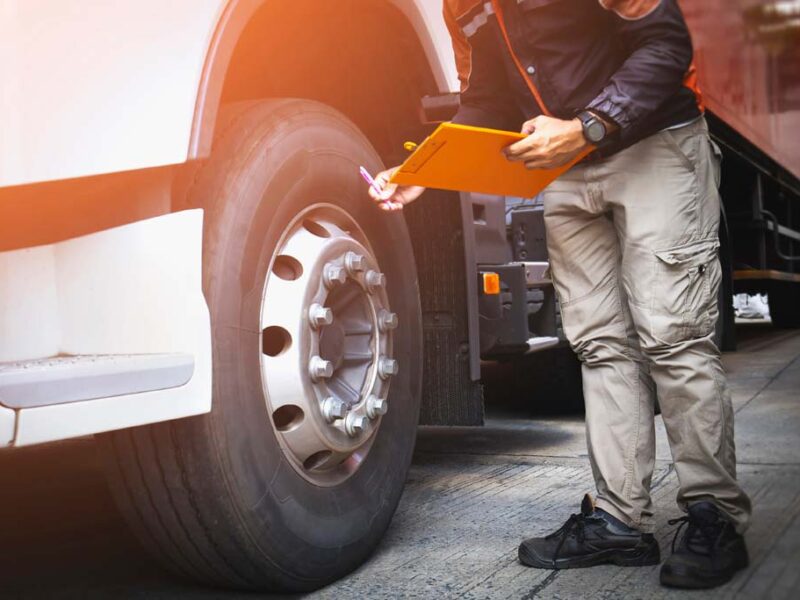
Walkaround Checks – Where Road Safety Starts
Every day, often before the sun is above the horizon, hundreds of thousands of commercial vehicles are started up by their drivers and then they head out on to the UK’s road network to transport goods or passengers from one point to another, often with demanding time constraints thrown into the mix…

Traffic Commissioner’s Annual Report 2024/25: “Don’t Look Back in Anger”
Time has flown by and once again we find that the schools are back after the long summer break and the Office of the Traffic Commissioner has issued its annual report to the Secretary of State, providing a review of the year…

An Apple a Day to Keep the DVLA Away – A review of the DVLA’s Rules on Health Checks for Professional Drivers
There has been some discussion in the industry trade press recently that has highlighted proposed changes to how the disease of diabetes is monitored in professional drivers by the DVLA. One article in RouteOne Magazine stated that…
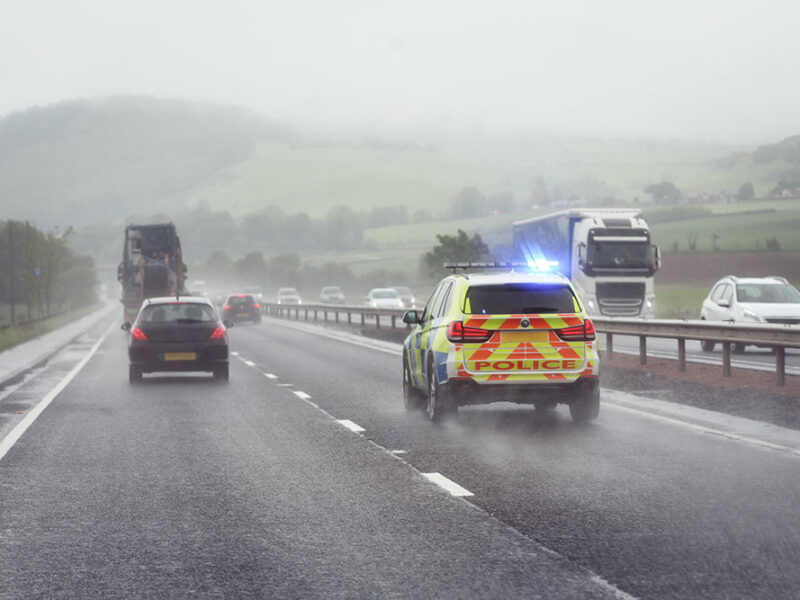
Light Goods – Heavyweight Industry: The DVSA’s New LGV Strategy
While relatively small in overall physical size light goods vehicles (LGVs) are now a large part of the UK road transport industry. There are currently estimated to be over 5.1 million light goods vehicles on UK roads today…

Employment Law Update – A tale like Scylla & Charybdis
Operators currently face their own real time nightmare in the form of a modern day version of the Greek mythological tale of Scylla and Charybdis (where sailors faced a narrow strait through which they had to pass which had a monster on one side and a whirlpool on the other!)…

Labour Government – Employment Rights Bill – What Will It Mean for Transport Businesses?
In October 2024 the Deputy Prime Minister, Angela Rayner set out her intention to reform the employment rights held by employees in the UK. In a press release issued at the time she is quoted a saying…
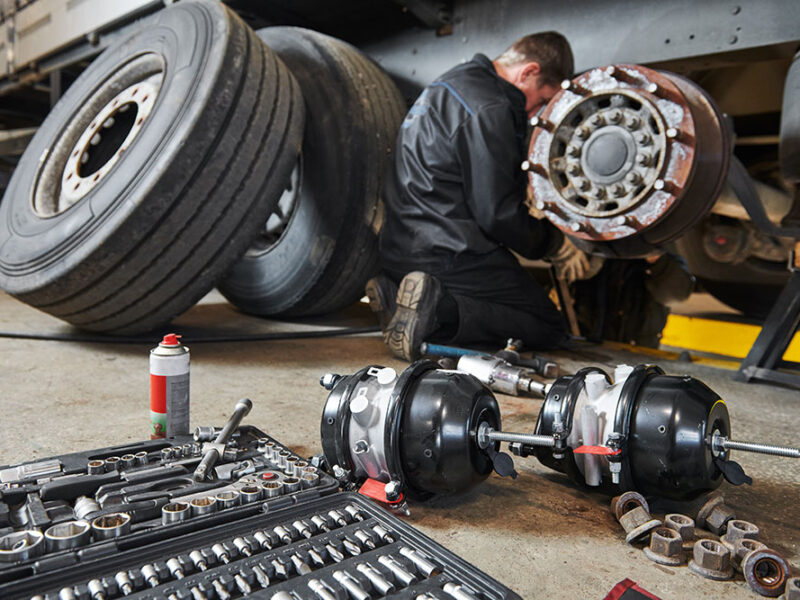
Revisiting the DVSA’s Guide to Maintaining Roadworthiness
In April 2025 the Driver & Vehicle Standards Agency (DVSA) issued the latest edition of its Guide to Maintaining Roadworthiness.

The Wheels on the Bus go Round & Round….but how do they Stop?
At the tail end of 2024 a Public Inquiry was held in front of Traffic Commissioner Kevin Rooney where the subject of brake maintenance practices was called into question…
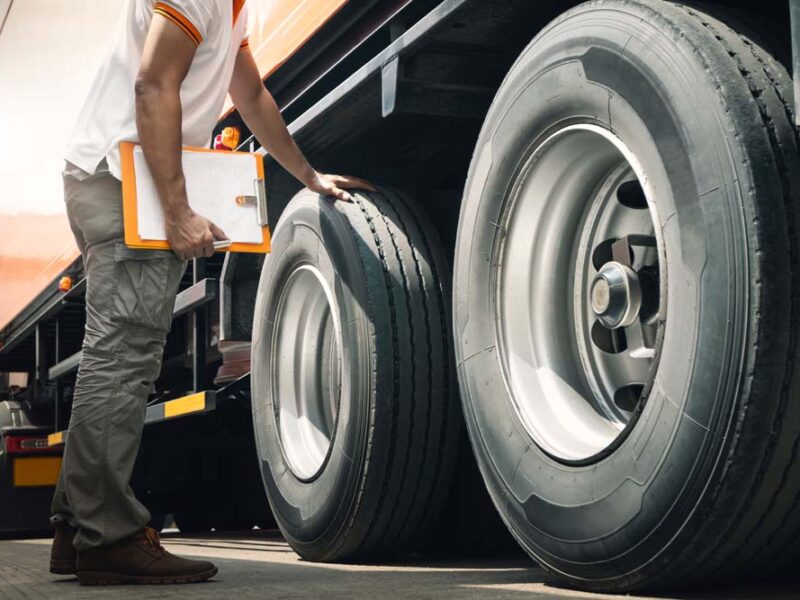
Maintenance Provision Rating Scheme for Commercial Vehicle Workshops is Launched
One of the key tenants of running a commercial vehicle operation, whether ‘HGV’ or ‘PSV’ is that the maintenance of the vehicles is paramount. For some operators this will mean having their own maintenance facilities and teams to look after their fleet of vehicles in house, but the majority of operators in the UK are reliant on 3rd Party maintenance providers…

Changes to Brake Safety Inspections for Commercial Vehicles – April 2025
In April 2025 the brake testing regime guidance will change. Roller Brake Tests, that have been mandatory for years, will be joined by an Electronic Break Performance Monitoring System or EBPMS…

Case Study – Public Inquiry for Gillbard Plant, Autumn 2024
Gillbard Plant was called to Public Inquiry in Autumn 2024. The hearing made headlines in the transport press due to the element of “DVSA Poacher turned Game-keeper” of Gillbard Plant’s Transport Manager, Mr. Anthony Brayley-Willmetts, a former DVSA (VOSA) examiner turned transport consultant…

DVSA Load Security Guidance – Updated December 2024
When carrying loads on lorries every HGV Operator knows how important it is to ensure that goods are secured safely so that they arrive at their destination in good condition and that they do not cause any damage or danger on the UK’s roads during the process of transporting them…
